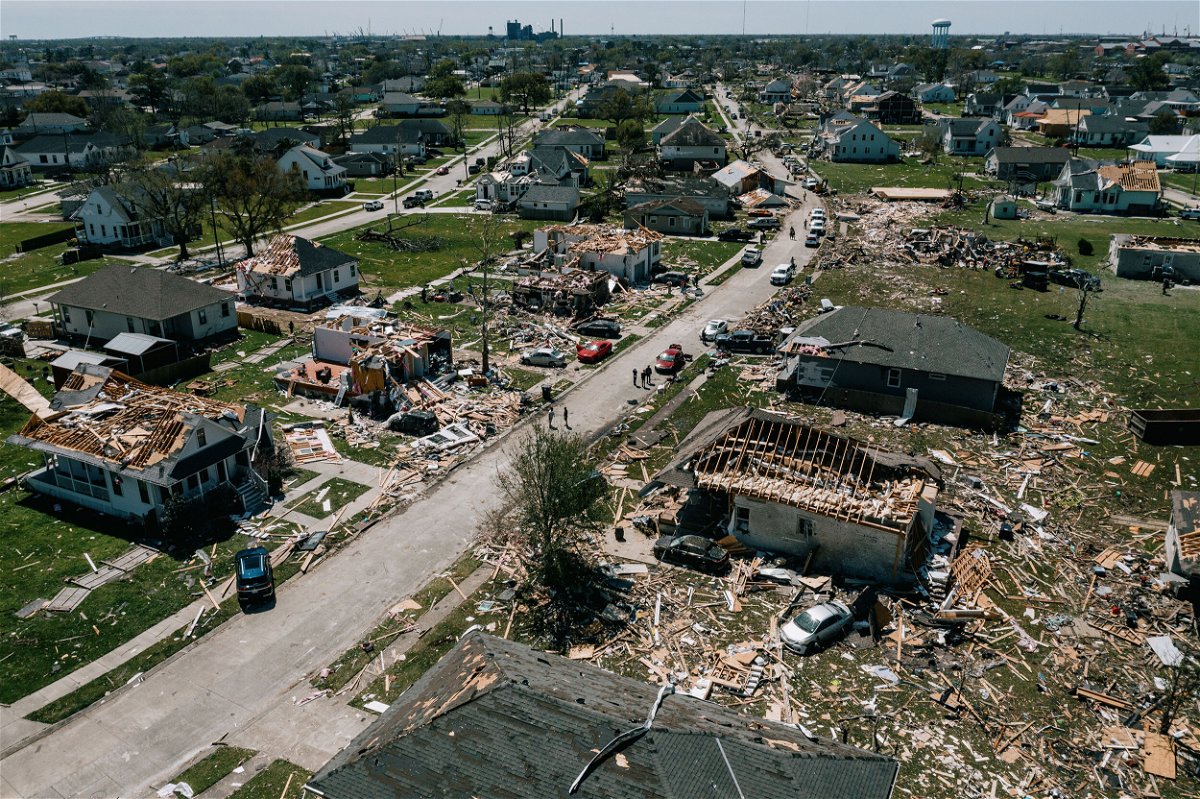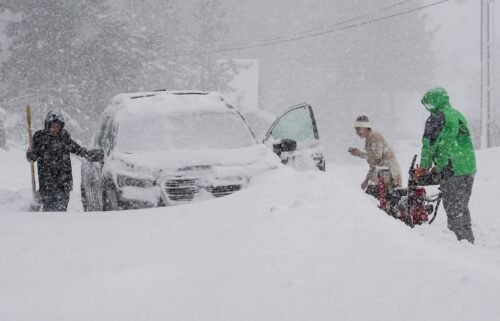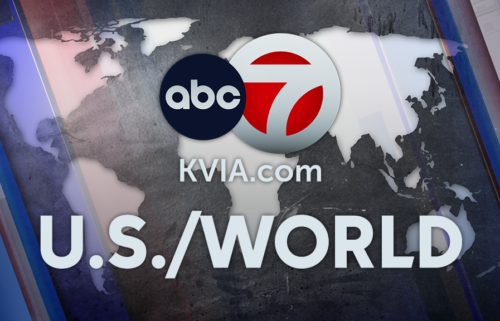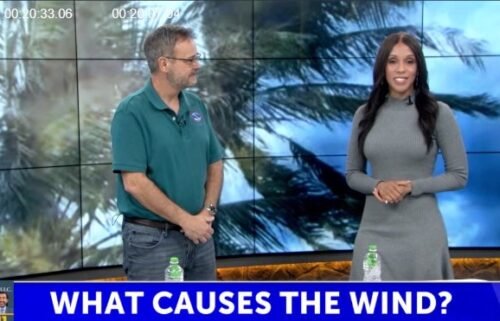Scientists are seeing a dangerous shift in early-spring tornadoes

Homes sit in ruins following a tornado on March 23 in Arabi
By Caitlin Kaiser and Brandon Miller, CNN
This month has seen more tornadoes in the US than any March on record following this week’s severe weather outbreak.
It’s the second year in a row the country has endured a record number of tornadoes in March, solidifying a trend toward more severe weather earlier in the year and raising questions among scientists, who’ve historically seen such weather peak from April to early June.
Meanwhile, more severe storms happening farther east in the country could mean more disastrous and deadly tornado outbreaks are possible.
Scientists suspect the climate crisis — which is changing the typical atmospheric patterns of moisture and instability — is playing a major role in the timing and location of severe weather.
“Our future projections of how severe weather may change in the future are really showing two things,” Victor Gensini, an associate professor at Northern Illinois University and one of the country’s top tornado experts, told CNN. “They kind of show an earlier start to the severe weather season — so more severe weather in February, more severe weather in March — and then also sort of this eastward increase.”
Severe weather season is changing
At least 219 tornadoes have been reported in March, according to the Storm Prediction Center, the highest tally since records began in 1950. There are typically about 80 tornadoes in March.
In March 2021, 191 tornadoes were reported across the country. 2017 was also an extraordinary March for tornadoes, with 187, the third-most.
A major factor contributing to the earlier strike of severe weather is that the Pacific Ocean is currently in a strong La Niña — a pattern known for cooler-than-average ocean temperatures around the equator.
“If you look back through history, some of our greatest or most significant tornado seasons in history have been associated with a La Niña,” Gensini said.
The active jet stream along the southern tier of the United States — a consequence of La Niña — along with “bath water” temperatures in the Gulf of Mexico, have created an ideal environment in the Mid-South and Southeast for severe thunderstorms and tornadoes, Gensini said.
These changes call into question the Great Plains nickname of “tornado alley.” The drying out of the region makes the atmosphere less favorable for severe weather and will push storms out of that traditional area, Gensini said.
However, “Oklahoma, Kansas, Texas, will still get plenty of tornadoes every year,” he noted.
‘It means more disasters’
As a result of this shift, more disastrous and deadly tornado outbreaks are possible.
“As you get east of the Mississippi River, the population density rapidly increases. We essentially have more targets to hit on the dartboard,” Gensini said.
This means extreme events, such as the deadly December tornado outbreak in Tennessee and Kentucky, could be more frequent.
People are also just more vulnerable in those regions, which increases their risk.
“We have a significant number of mobile homes that are dispersed across the landscape in the Mid-South and Southeast — way different than anywhere else in the United States,” Gensini added, noting that a car or mobile home is the most dangerous place to be during a tornado.
An earlier tornado season also means fewer daylight hours, which means more tornadoes could come while it’s dark. In Jackson, Mississippi, for example, there are fewer than 12 daylight hours per day in March, compared to 14 hours per day in May.
“If you’re having tornadoes at night, that’s a very special type of vulnerability, where you may be sleeping. And if you don’t have a way to receive a warning, you know, you could easily become an injury or fatality,” Gensini said.
As severe weather seasons shift, being weather aware — and having multiple ways to receive weather alerts — becomes even more important. And people should be prepared for more dangerous storms in February and March, Gensini said.
“I would expect that trend to continue,” he said. “And that is certainly what our climate models suggest as well.”
The-CNN-Wire
™ & © 2022 Cable News Network, Inc., a WarnerMedia Company. All rights reserved.




